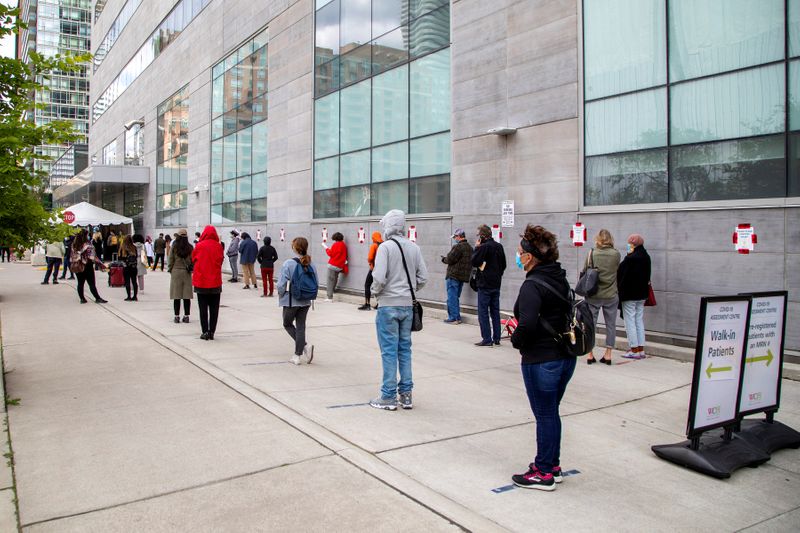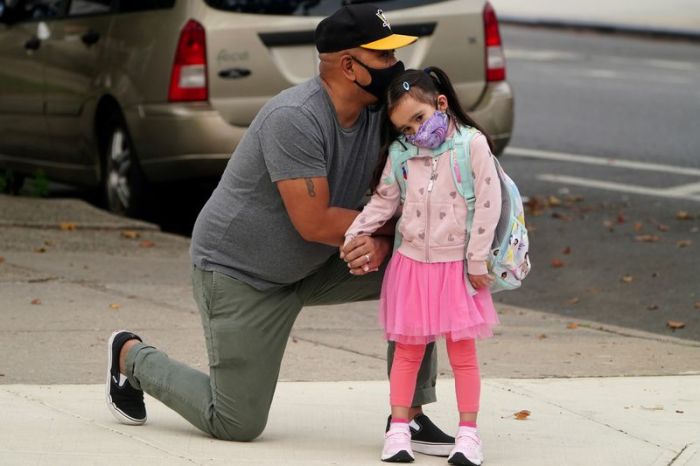TORONTO (Reuters) – Canada’s federal authorities and its two biggest provinces on Tuesday promised new measures to combat a second COVID-19 wave that is notching up as many cases as during the pandemic’s peak in April.
Canada reported new 2,176 infections on Monday, taking the total to 155,301. The death toll rose by 10 to 9,278.
Government minister Dominic LeBlanc, who chairs the cabinet’s coronavirus committee, called the surge “very worrying”.
Ontario, the most populous of the 10 provinces, said it would limit visitors to long-term care homes for the elderly in areas with high community spread. Most deaths in Canada have taken place in homes for seniors.
In Quebec, the second most populous, premier Francois Legault said financial support for businesses hurt by new COVID-19 restrictions would be announced soon. The province is closing bars and dine-in services at restaurants in hot spots for 28 days.
“The situation is still critical,” Legault told reporters in Quebec City.
In Ottawa, health officials said they expected to authorize new antigen tests for COVID-19, which can provide rapid results outside of a lab. This should provide additional testing as the second wave overwhelms laboratories, they said.
Prime Minister Justin Trudeau, who last week said the government would provide C$440 million ($329 million) to a global program designed to ensure fair access to COVID-19 vaccines, on Tuesday said Canada was giving an additional C$400 million in humanitarian and development funding.
Separately on Tuesday, the federal government said it had signed an agreement up to buy 7.9 million Abbott ID NOW rapid point of care tests, pending Health Canada approval.
The ID NOW is not an antigen test, but the instruments used to analyze it can be run outside of a major lab, giving rapid results at a clinic or hospital.
(With additional reporting by David Ljunggren and Steve Scherer in Ottawa, Allison Lampert in Montreal and Moira Warburton in Vancouver, writing by David Ljunggren; Editing by Bernadette Baum, David Gregorio and John Stonestreet)

























